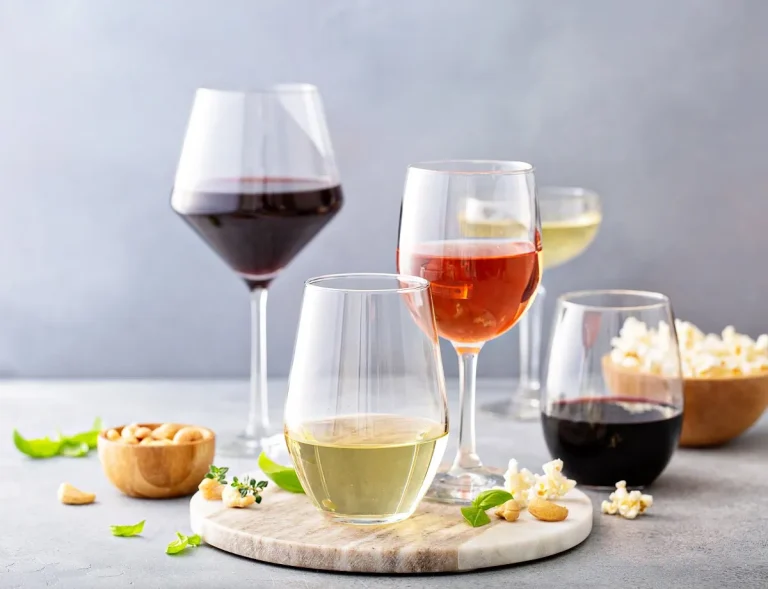🎁 Buy 6 Bottles, Get 6 FREE
What is a Dry White Wine?

A dry white wine is one that contains little to no residual sugar, as the natural grape sugars are converted into alcohol during fermentation. The word “dry” refers to the absence of sweetness—not to a lack of moisture—giving these wines their crisp, refreshing taste, often with lively acidity. Popular examples include Sauvignon Blanc, Pinot Grigio, and Chardonnay, which are versatile for both drinking and cooking, typically showcasing citrus, apple, or floral notes.
If the phrase “dry white wine” leaves you puzzled, you’re not alone. The word dry is thrown around a lot, but in wine, it has a very specific meaning. And no, it’s not about your mouth feeling parched.
So, what is a dry white wine, exactly? Dry white wines are crisp, refreshing, and full of flavour without any noticeable sweetness. Whether you’re sipping on a zesty Sauvignon Blanc or a mineral-rich Vermentino, understanding what makes a white wine dry will help you order with confidence, pair like a pro, and avoid that accidental glass of sweet Moscato when you really wanted something clean and sharp.
What Makes a White Wine “Dry”?
In technical terms, dry wines have little to no residual sugar left after fermentation. The yeast consumes almost all the grape sugars, leaving a wine that tastes fresh, tart, savoury — but never sweet. Dry doesn’t mean boring. It means more room for everything else: minerality, acidity, florals, citrus, herbs — a whole palette of crisp complexity.
Want a broader overview? Check out our complete guide to dry wine types to explore dry whites, rosés, and the difference between dry and off-dry styles.

What is a Dry White Wine (With Tasting Personality)
Let’s be honest: most white wines you’ll find at a wine bar or on a restaurant list are dry — but they all express dryness in their own way.
Chardonnay
The shapeshifter of white wine. Unoaked = clean and citrusy. Oaked = creamy, buttery, with a vanilla hug. From Chablis to Barossa, no two are quite alike.
Pair with: Roast chicken, creamy pasta, grilled barramundi.
Pinot Grigio
Light, floral, and friendly. A great “starter” dry white, but also loved by pros for its clean finish and versatility.
Pair with: Prawns, antipasti, caprese salad.
Sauvignon Blanc
Zingy, grassy, citrus-charged. Sauvignon Blanc is like a fresh breeze on a summer day. French versions lean lean and mineral; Kiwi ones go full tropical.
Pair with: Goat cheese, oysters, Vietnamese salads.
Dry Riesling
Yes — Riesling can be dry! German “Trocken” or Aussie Clare Valley styles have razor-sharp acidity and notes of lime, stone, and sometimes petrol (don’t knock it till you try it).
Pair with: Spicy Thai, pork belly, duck pancakes.
Vermentino
A Mediterranean sleeper hit. Bright, zesty, and salty — like a breeze off the coast. Notes of citrus peel, green almond, and white flowers.
Pair with: Grilled calamari, tomato pasta, Sicilian olives.
How to Tell if a White Wine Is Dry
👉 Check the Label
Look for words like Dry, Brut (for bubbly), or Sec (French for dry). Avoid Demi-Sec, Moelleux, or Sweet.
👉 Know the Grape
Grapes like Chardonnay, Sauvignon Blanc, and Vermentino are almost always dry unless labelled otherwise.
👉 Region Clues
Old World wines (France, Italy, Spain) tend to be drier. New World wines (Australia, USA) may lean fruitier, but are still often dry — just read the tasting notes.
👉 Tasting Clues
Dry whites feel crisp, mouthwatering, mineral-driven. If your tongue feels clean and there’s no sugary aftertaste, you’re drinking dry.
You might also be wondering — is rosé a dry wine? Here’s how to tell the sweet from the crisp.

What Is a Dry White Wine (And Why It Deserves Your Attention)
Whether you’re team oaky Chardonnay or Sauvignon Blanc loyalist, dry white wines offer an ocean of flavour, without the sugar. If you’re serious about learning wine, dry whites are your classroom.
Keep tasting. Keep experimenting. And next time you swirl a glass, you’ll know exactly what “dry” really means — and why it’s so damn drinkable.




